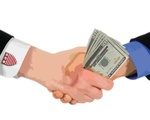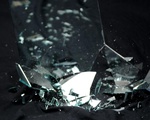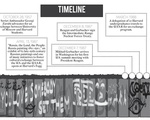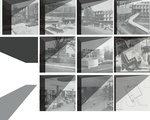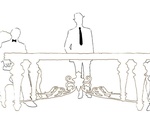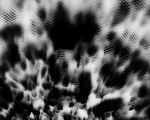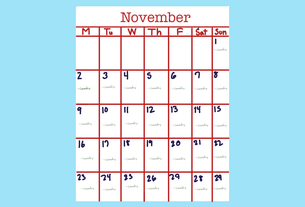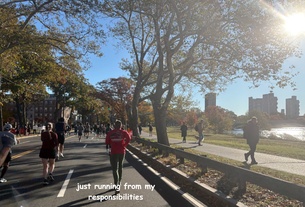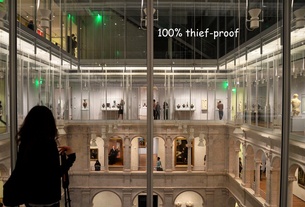Upcoming Maintenance
Tertiary Feature
In 1987, Harvard Kennedy School Fundraising Practices Came Under Fire
In the fall of 1987, Dean of the Kennedy School Graham T. Allison ’62 found himself on the wrong side of a scandal resulting in increased oversight of fundraising in Harvard’s schools.
A Shattered Campus: Self-Segregation at the College
Johnathan O. Williams ’88 was studying late at night in Currier House when four white students catapulting oranges from a neighboring breezeway shattered the plate glass window next to him. Not long after, Williams received a mysterious phone call.
Harvard Engages With The Cold War
In 1986, as the Cold War neared its end, Harvard featured a Soviet prison camp of its own.
Fifty Years Old, And Still A Campus Art Hub
In 1963, the Carpenter Center for the Visual Arts opened to provide a home for Harvard’s student and faculty artists. The Carpenter Center, modern architecture pioneer Le Corbusier’s first and only North American structure, was and remains the official home of the Department of Visual and Environmental Studies.
Frosh of Class of 1963, Guinea-Pigs For The First Freshmen Seminars
Incoming students in the fall of 1959—the Class of 1963—could apply to be placed in one of about 20 seminars offered that year, when the “Freshman Seminar Program” was first coined. These small-sized classes initially drew criticism from faculty and students but drove an innovative change in the focus and direction of the traditional Harvard education that has since remained a staple of the Harvard undergraduate experience.
In Early 1960's, Experiments With Hallucinogenics Caused Major Uproar, Minor Shake-up
During the early 1960’s, the administration of hallucinogenic drugs to students by lecturer Timothy F. Leary and assistant professor Richard Alpert, now known as Ram Dass, garnered national media attention. While the administration of LSD to graduate students did not violate University policy or state or federal law at the time, members of the Center for Research in Personality—the department in which Leary worked—disputed Dass and Leary’s right to continue experiments with psilobycin, a drug that creates a similar hallucinogenic experience to that created by LSD.



